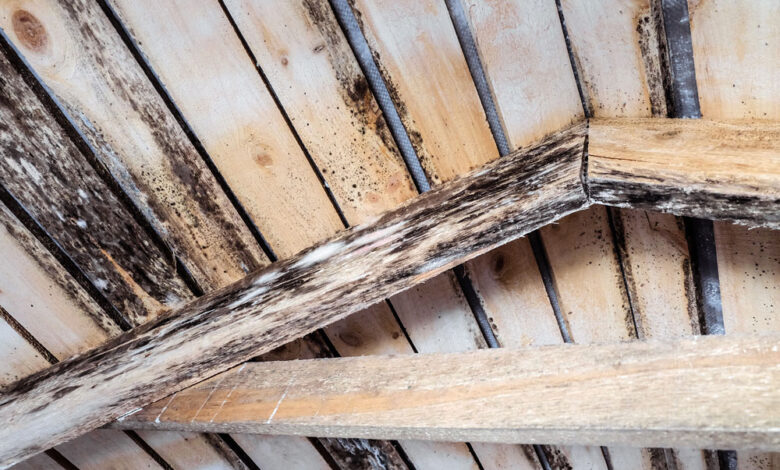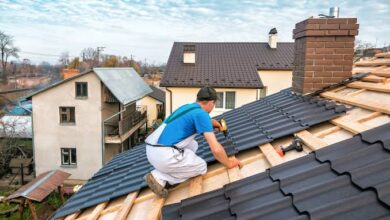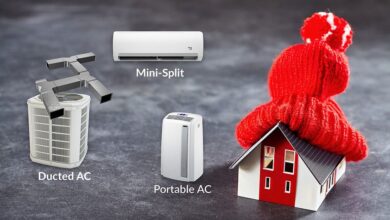Tips to Prevent Mold Growth in Your Home’s Attic

Keeping your attic free of mold is crucial to a healthy house. Over time, mold can result in structural damage and various health problems, including severe respiratory disorders and allergic reactions. If homeowners want to ensure their attics stay mold-free, they must understand preventive methods. You can maintain your attic in excellent condition by doing routine inspections and, if needed, by hiring mold removal Seattle services. By taking preventative measures, you and your family may live in a healthy atmosphere and drastically lower the chance of mold formation.
Why Mold Grows in Attics
Mold needs three primary conditions to thrive: moisture, warmth, and organic material. Attics, especially poorly ventilated ones, can provide the perfect environment for mold because they often capture excess moisture from daily home activities, such as cooking and showering. This moisture rises and becomes trapped in the attic, where it can condense on more excellent surfaces. Additionally, the organic material in attics, such as wood and insulation, provides a food source for mold. Understanding these conditions helps in developing effective prevention strategies. Studies show that mold growth can begin within 24-48 hours in the right conditions, making it essential to act quickly.
Regular Inspections and Maintenance
Regular attic inspections can help catch mold growth early before it becomes a significant problem. Look for signs like discoloration on walls and ceilings, musty smells, and visible moisture or water stains. Address any leaks or damp spots immediately to prevent mold from taking hold. Regularly cleaning and decluttering the attic can also reduce mold breeding grounds, as clutter can trap moisture and restrict airflow. Set a schedule to inspect your attic at least twice a year, ideally in the spring and fall, to identify and address potential issues before they escalate.
Proper Ventilation
Mold growth can be inhibited by efficiently dispersing moisture in an attic with adequate ventilation. Ensure that air can flow freely and that no insulation or other items obstruct the vents. Continuous ventilation can be achieved by installing ridge and soffit vents, which dry the attic. To lower humidity levels, particularly in regions with excessive humidity, consider utilizing fans or dehumidifiers. In addition to preventing mold, proper ventilation prolongs the life of your roof by lowering heat buildup and moisture-related problems. It’s a tiny expenditure that can keep significant issues at bay.
Insulation to Prevent Mold
Using the proper insulation can help regulate attic temperature and moisture levels. Insulation prevents warm, moist air from entering the attic from the living spaces below, reducing the risk of condensation. The U.S. Department of Energy guide provides valuable information on proper attic insulation to prevent moisture buildup and mold growth. Types of insulation such as spray foam, fiberglass, and cellulose are excellent at sealing gaps and reducing the risk of moisture infiltration. When choosing insulation, consider factors such as the R-value, which measures thermal resistance, and ensure it is installed correctly to maximize its effectiveness. Proper insulation prevents mold and improves your home’s energy efficiency.
Addressing Existing Mold
You must take immediate action if you discover mold in your attic. Most of the time, little mold patches may be removed using ordinary household cleansers and safety equipment like goggles, masks, and gloves to keep out mold particles. When dealing with mold on your own, take your time. After using a detergent and water solution to scrub the impacted areas, ensure the area is arid. Professional mold removal services are advised for larger infestations. Experts can safely and effectively eradicate mold because they have the necessary equipment and experience. The CDC provides guidelines for adequately removing mold from your house, emphasizing the significance of resolving moisture issues to stop mold growth. Never disregard mold issues—even a slight problem can develop into a severe health risk.
Control Humidity Levels
Mold cannot grow in your attic if the relative humidity is less than 60%. Regularly check the humidity levels with hygrometers. If the humidity is constantly too high, use a dehumidifier to remove excess moisture from the air. If there are any roof leaks, quickly stop the moisture from getting into the attic and consider installing a vapor barrier. Vapor barriers can be placed on the structure’s warm side to prevent moisture from entering the attic. Make sure there is adequate insulation in your attic to avoid condensation. By managing humidity levels, you can prevent mold formation and safeguard your home’s structural integrity and health.
Conclusion
You must be vigilant and perform routine maintenance to prevent mold in your attic. Mold can be avoided, and a healthy home environment can be maintained with proper ventilation, insulation, and moisture management. Routine examinations and prompt remediation can avoid serious health concerns and expensive repairs. Recall that taking preventative measures now can spare you a great deal of hassle later. Your home is better protected, and your family will live in a safer and cozier environment thanks to a well-maintained attic that improves indoor air quality.



